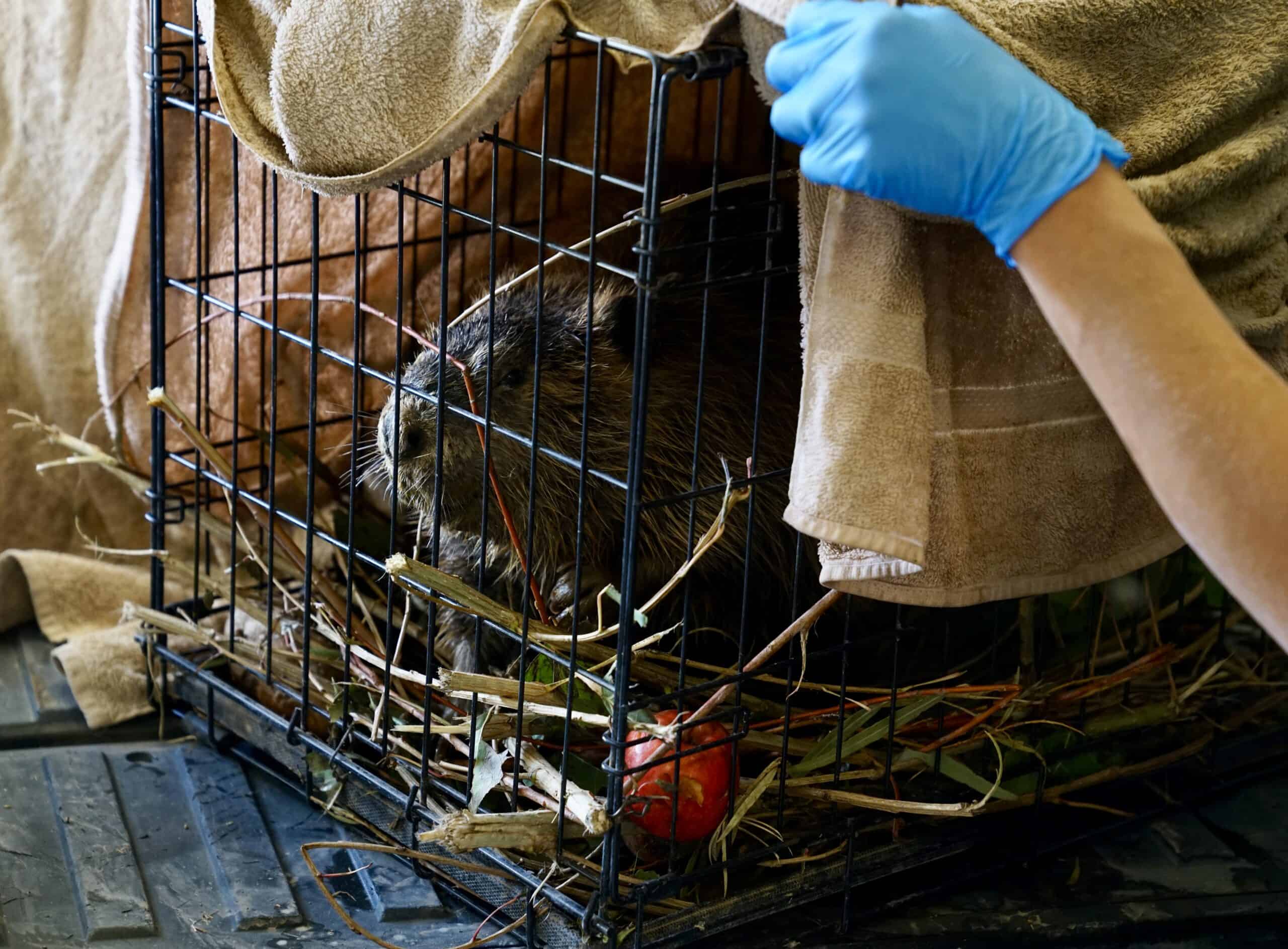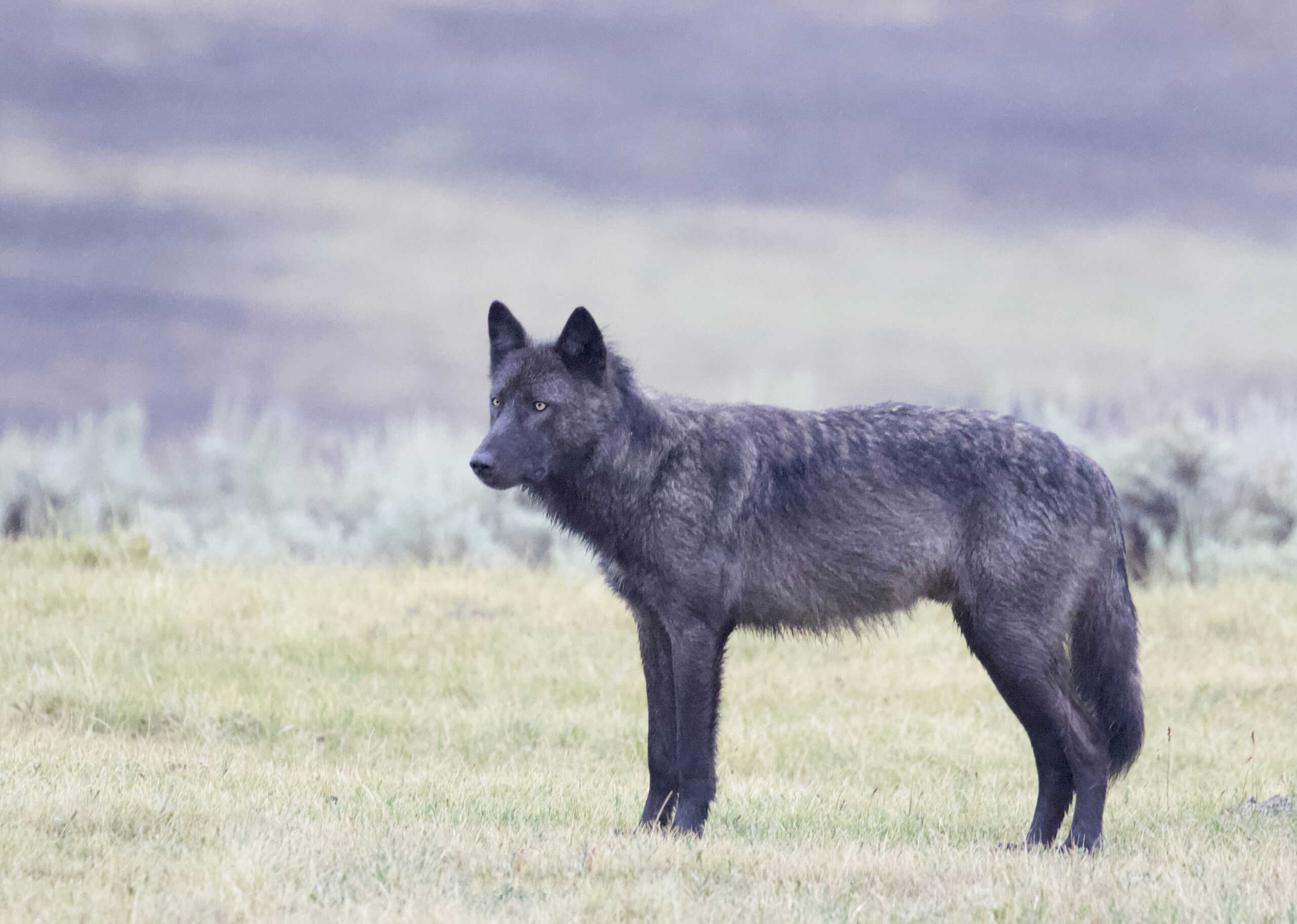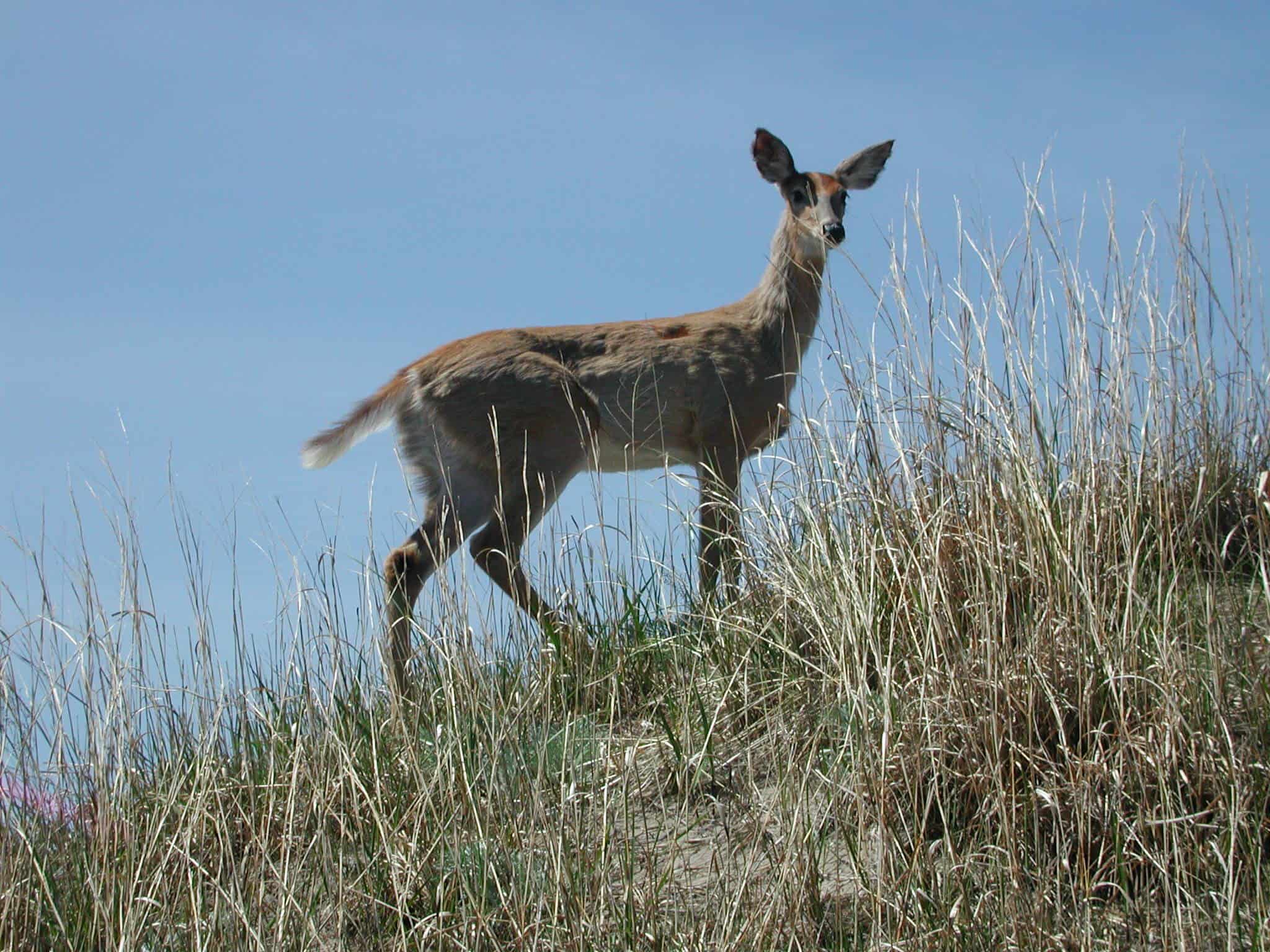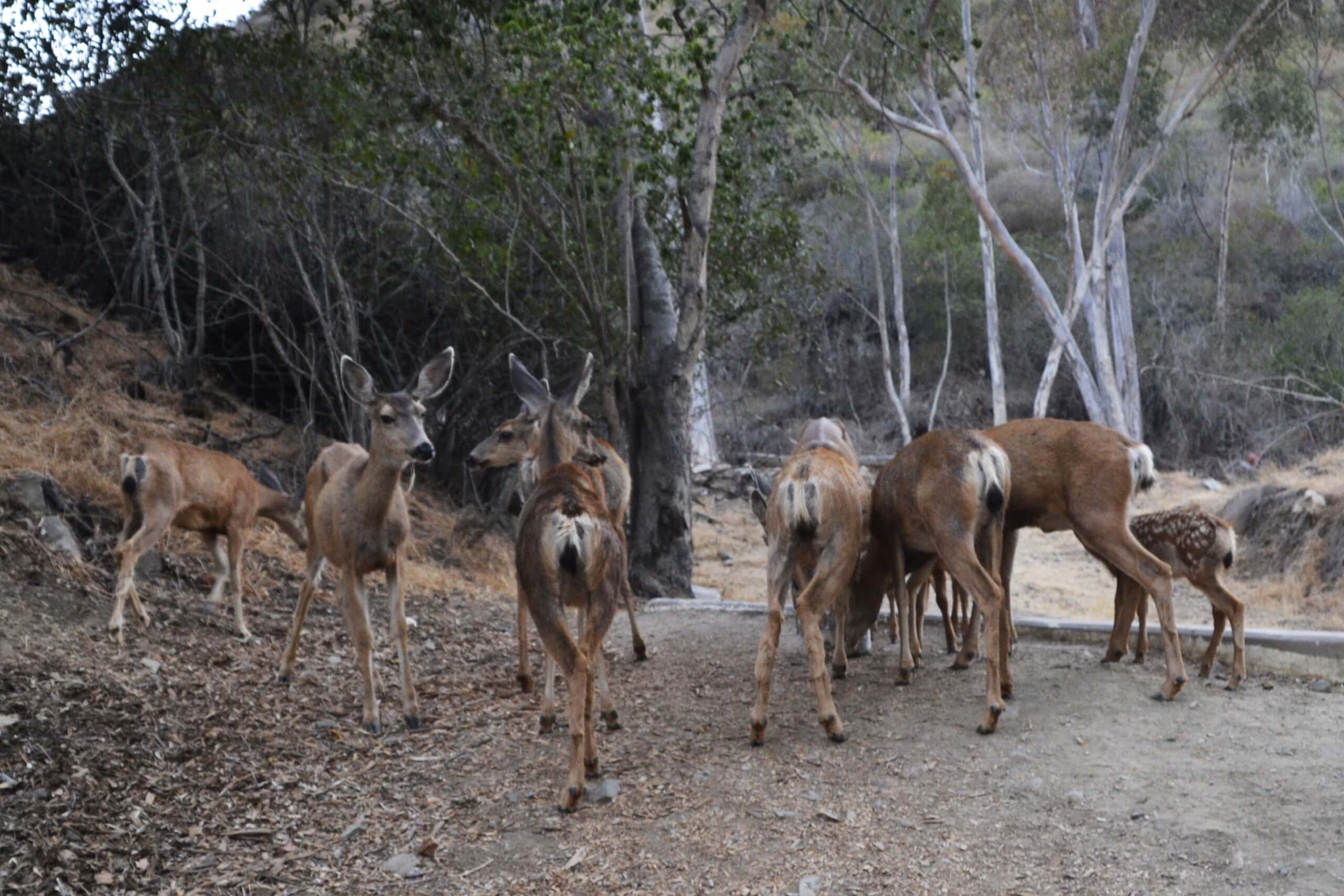Share this article
Wildlife Featured in this article
- beaver
- Colorado pikeminnow
- bonyytail chub
- razorback sucker
- bluehead sucker
- fannelmouth sucker
Beavers may help improve endangered desert fish habitat
Translocated beavers can improve the riparian ecosystem, even in arid areas of Utah
Researchers keen on restoring suitable habitat for endangered fish species in Utah are enlisting the help of industrious hydrological engineers—beavers.
Beavers are well known for their ability to alter the ecosystem around them. Their dams change the way that waterways flow, often slowing down rivers and creating extensive wetlands that a host of other species take advantage of.
Some beavers can still be found in these arid ecosystems, albeit at smaller concentrations than in lusher areas. Habitat changes due to farming, trapping, human water use and other development also means that beavers aren’t as common as they were once thought to be there. Many of those still found in the area make their dens in the river banks rather than damming up the waterways.
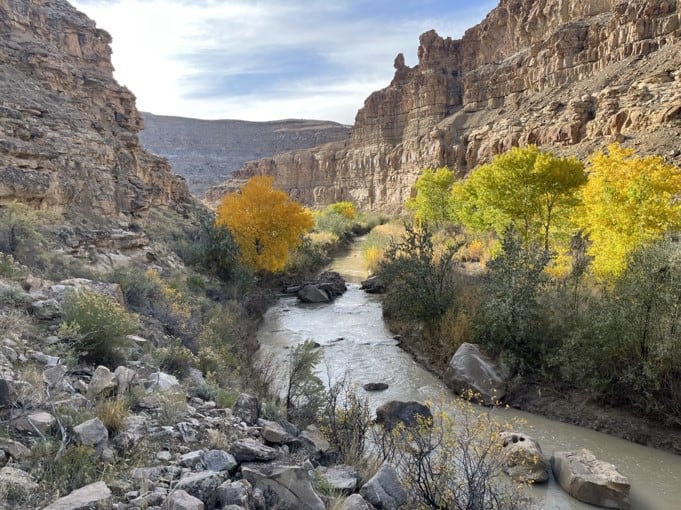
Wildlife managers in Utah had been building artificial dams—called beaver dam analogs—to restore water retention and improve habitat for federally endangered species like Colorado pikeminnows (Ptychocheilus Lucius), bonytail chubs (Gila elegans), razorback suckers (Xyrauchen texanus) and bluehead suckers (Catostomus discobolus), as well as state-sensitive species like flannelmouth suckers (C. latipinnis) and roundtail chub(G. robusta).
These analogs, placed in the San Rafael and Price rivers in the state’s central east, took the place of dams created by beavers (Castor canadensis), which aren’t usually associated with desert rivers.
But wildlife managers wondered whether adding more beavers might complement the infrastructure the analogs provide.
TWS member Julie Young, an associate professor of ecology at Utah State University, and her colleagues with the Beaver Ecology and Relocation Center at Utah State University, connected with people all over Utah who had collected so-called nuisance beavers—animals removed from areas after damaging human infrastructure or hydrological systems. The researchers were able to move them to these more arid areas to try to improve habitat for the imperiled fish.
First, they wanted to find out where translocated beavers may be moving once they were released. In 2019 and 2020, they implanted PIT tags in 41 of these beavers, with a subset of 35 that had VHF tracking tags. They moved 33 to the Price River and eight to the San Rafael watersheds. They also translocated six kits that only had PIT tags. As a control group, the researchers captured 24 residents from both areas and planted chips in their tails. They also placed VHF tracking tags in 14 of these 24 resident beavers.
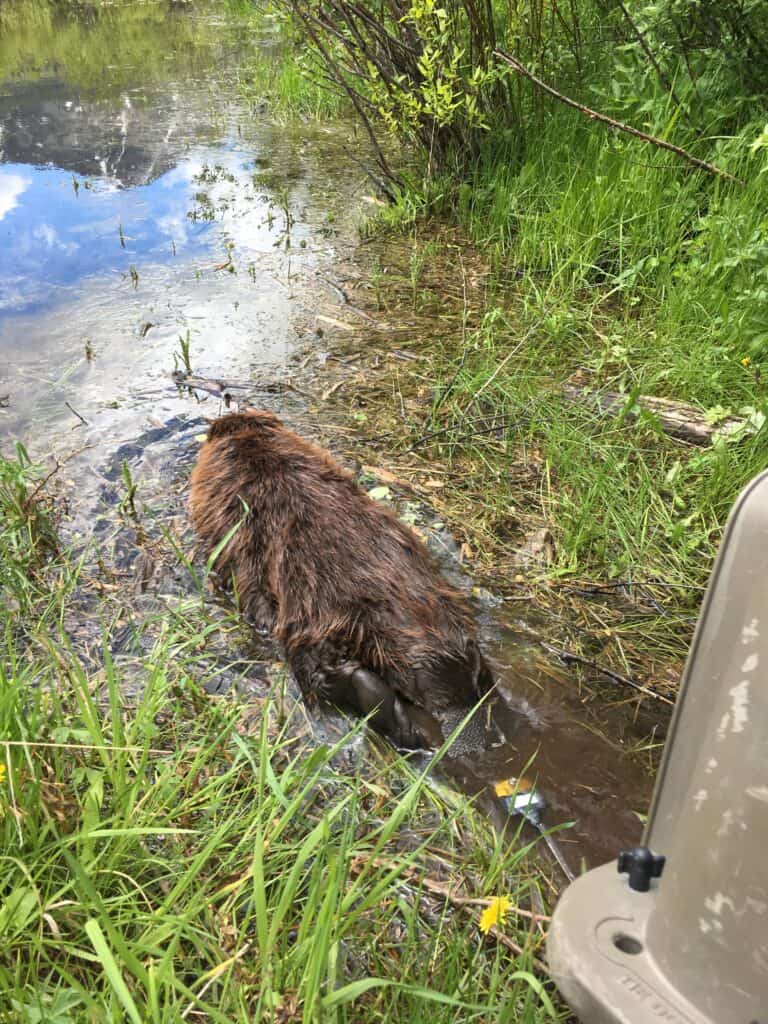
In a study published recently in Animal Conservation, the researchers found that only about a quarter of the translocated beavers stayed in the site where they were placed for the eight weeks they were tracked. This figure is low, Young said, compared to other studies, which showed that about half of beavers typically stayed in their original release site.
But closer to 40% of the translocated beavers that left the release sites where the researchers most wanted them to dam still stayed within the larger watershed. Four of the translocated beavers were killed by predators—likely either bobcats (Lynx rufus), cougars (Puma concolor) or black bears (Ursus americanus). One was killed by a coyote (Canis latrans), and at least another three died of unknown causes. Some beavers also lost their tracking tags in vegetation, Young said.
As far as the main goal regarding dam building, it seems to have worked. “We had more dams after our study than there were before our study,” Young said. The researchers found 17 new dams on the Price River and three on the San Rafael. They believe that a few of these were made by resident beavers—the animals will often build new dams if their previous ones get washed away. In some cases, the beavers built their dams in areas that already had analog dams, improving upon the artificial system already in place.
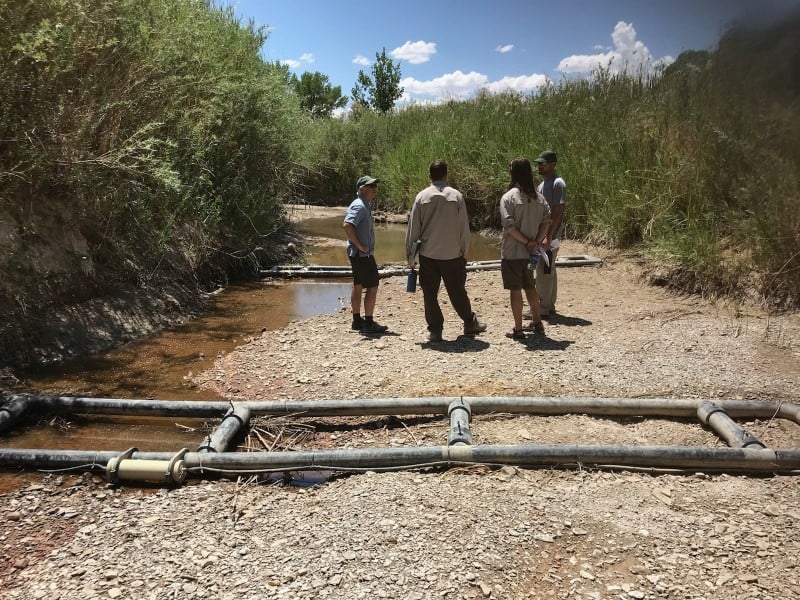
The research area suffered from drought in 2020. This period showed how valuable the beaver dams were, as the water didn’t dry up in dammed areas as much as in areas without beavers.
“That’s why these dams are important, because it creates permanent puddles of water for the fish to [take] refuge during those times,” Young said.
The researchers plan to look further into the fish response to the beavers and their dams in future research. The drought year also negatively affected fish, but in general, Young said the response seemed positive.
“We were in probably the worst conditions for beavers—it’s a very degraded river system, and we still found some success,” she said.
Header Image: Researchers took beavers removed from parts of Utah perceived as nuisance animals and moved them to the Price and San Rafael rivers. Credit: The Young Lab



